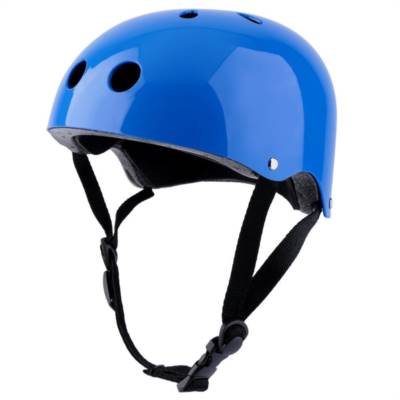There three things that go into consideration for a good helmet; firstly what is the helmet type, what type of climbing will you do and lastly does it fit. In terms of helmet types there are two main types.Jump to Winner of Climbing Helmets Top 10 Rankings!
Hardshell helmets and Shelled Foam helmets. In Hardshell helmets there is a hard outer shell made out of plastic that is paired with a strap suspension system and thin foam liner. The two main advantages this type of helmet has is that it has low price but it also has a long lifespan.
The Shelled Foam helmet is a lightweight helmet type which features a thick layer of impact-absorbing polystyrene or polypropylene foam protected by a thin polycarbonate shell. This type of helmet offers two main advantages being, minimal weight and excellent ventilation.
Climbers will make the decision about these two types depending on the uses, the climbing they will be doing. If the climber is going for mountaineering then shelled foam helmet with ample ventilation would be the better choice, a lot of gear would be with the climber and in those situations a lightweight helmet will do the trick.
In the case of ice climbing, you would again choose the soft shelled helmet but this time with minimal ventilation area. With warm weather sport climbing you will choose the shelled foam helmet with greater number of vents again, but with cool weather sport climbing you can choose the hardshell helmet as you will need the durability of it. With belaying you can wear anything you have. But with indoor climbing, it will depend on the rules of the place.
When choosing the helmet, always make sure regardless of the type that it is a secure fit. It should be snug against your head, but not too tight as you don’t want to give yourself a headache. Then next you should check the chin straps, make sure that there is no slack when they are buckled together.
Last but not the least is the adjustment system, in any case you would want that to be in good condition as well and responsive as well. It should be easy to adjust because in cold conditions you will need to adjust it to allow a skullcap underneath.
Whether you are about to buy it at a store or have had it for some time, if there are major dents, cracks or any other sort of damage to the helmet including the straps, then it’s time to throw it out and purchase a new one. Also, keep in mind that if the helmet has not suffered any damage, replace it with in 10 years.

